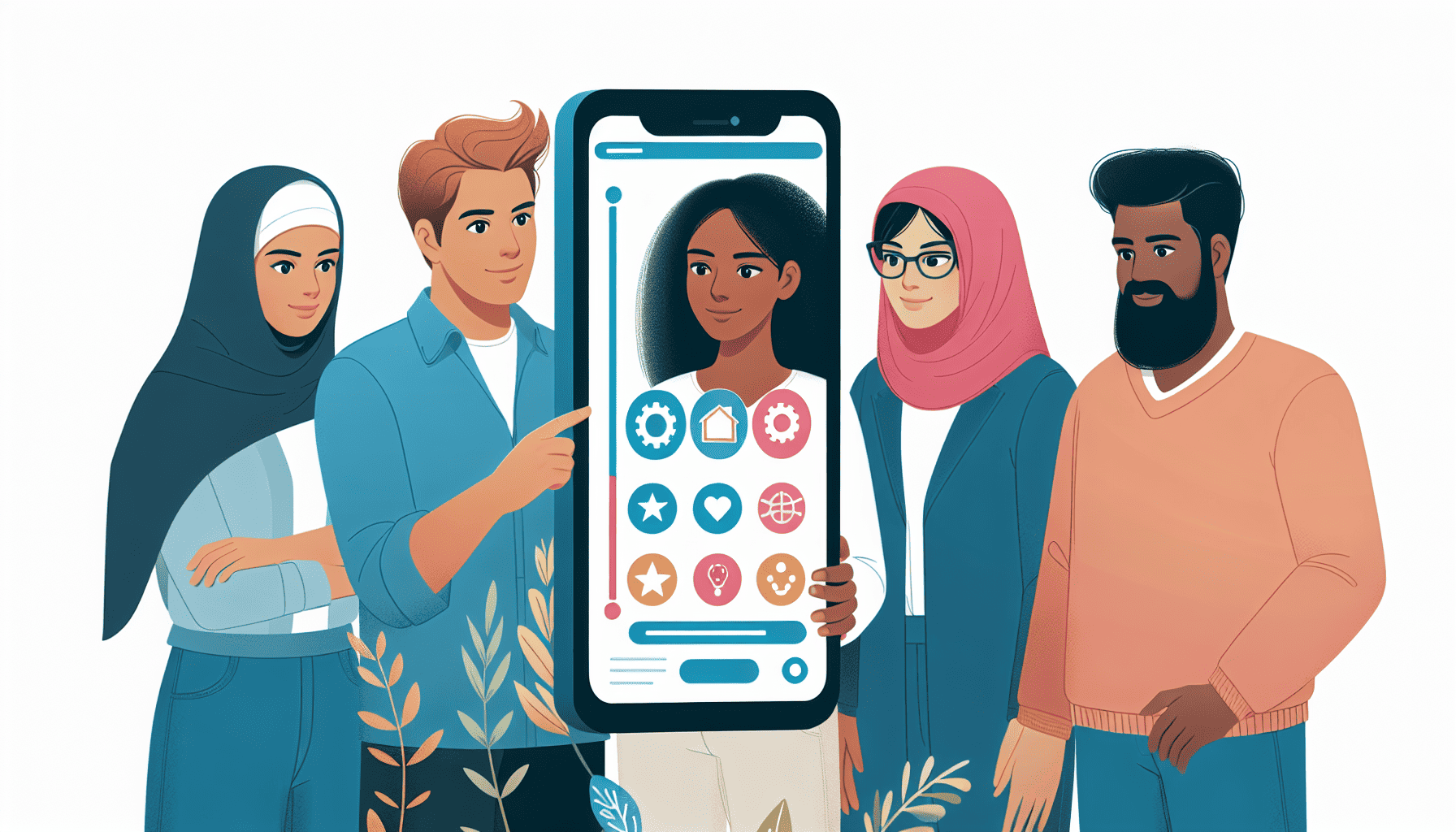In the competitive world of app development, user experience (UX) is paramount to the success of any application. A seamless, intuitive, and satisfying user experience not only engages users but also fosters loyalty, encourages word-of-mouth promotion, and boosts overall app performance. Optimizing user experience is therefore a crucial strategy for app designers and developers aiming to create impactful and user-friendly applications. Here are some strategies to enhance user experience in your app designs:
1. Understand Your Audience:
The foundation of any successful app design is a deep understanding of the target audience. Take the time to research the demographics, preferences, and behaviors of potential users. Surveys, interviews, and usability testing are effective methods for gathering insights. Understanding the specific needs and challenges of your users will help you design features and functionalities that truly resonate with them.
2. Simplify Navigation:
Users expect to find what they need quickly and effortlessly. Therefore, a clear and intuitive navigation framework is key. Utilize familiar design patterns, logical grouping of elements, and easily recognizable icons. Ensure that important features are no more than two or three taps away, and offer a search function as a quick navigation aid. The fewer barriers between the user and their destination, the better the experience.
3. Prioritize Responsiveness and Speed:
In an era where patience is a rare virtue, the responsiveness of your app can make or break the user experience. Slow loading times and laggy interfaces frustrate users and lead them to abandon your app altogether. Optimize your app's performance by compressing images, minimizing data usage, and regularly testing on different devices and networks. Animations and transitions should be smooth and purposeful, serving to enhance rather than hinder functionality.
4. Focus on Visual Design:
Aesthetic design plays a significant role in user engagement. Clean, attractive, and user-centered design enhances usability and makes for a more enjoyable user interaction. Apply a consistent color scheme and typography throughout the app to build a cohesive visual identity. Use whitespace strategically to avoid clutter, and ensure that the interface design aligns with the brand ethos and the app’s purpose.
5. Enhance Accessibility:
An inclusive app design that considers users with diverse needs and abilities is essential. Implement accessibility features such as scalable fonts, screen readers compatibility, and voice commands. Consider color contrast for visually impaired users, and provide alternative text for images. By making your app accessible to everyone, you not only expand your user base but also demonstrate a commitment to social responsibility.
6. Incorporate User Feedback:
User feedback is an invaluable resource for continuous improvement. Provide mechanisms for users to easily send feedback and report issues within the app. Regularly analyze this feedback to identify pain points or desired features. Show users that their opinions matter by actively communicating updates and improvements based on their suggestions.
7. Minimize Cognitive Load:
The cognitive load refers to the amount of mental effort required to use an app. To enhance the user experience, aim to minimize it by avoiding unnecessary information and complex processes. Break down tasks into smaller, manageable steps, and utilize progressive disclosure to reveal information as needed. Employ concise language and intuitive symbols to convey instructions clearly and efficiently.
8. Keep Security and Privacy a Priority:
With digital privacy concerns on the rise, protecting user data should be a top priority in app design. Implement robust security features such as encryption, two-factor authentication, and transparent privacy policies. Users should feel confident that their information is secure, fostering trust and encouraging them to engage more deeply with your app.
9. Test and Iterate:
Continuous testing and iteration are fundamental to refining user experience. Conduct usability tests, A/B testing, and observe real-user interactions to gather quantitative and qualitative data. This ongoing process allows you to identify weak points, adapt to changing user preferences, and keep your app ahead of the competition.
By implementing these strategies, app designers and developers can create rich, engaging, and user-friendly experiences that not only meet but exceed user expectations. In a landscape where user experience can significantly differentiate an app from its competitors, these proactive measures will ensure your app remains relevant, effective, and loved by its users.
